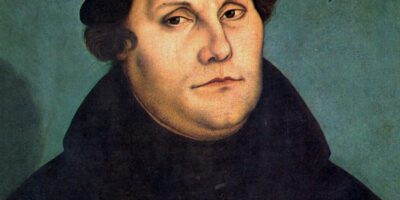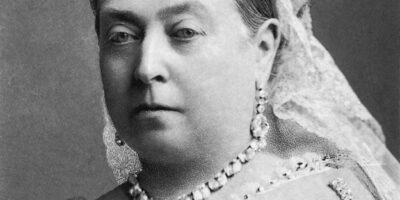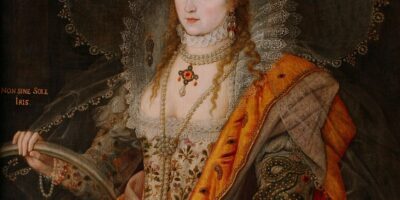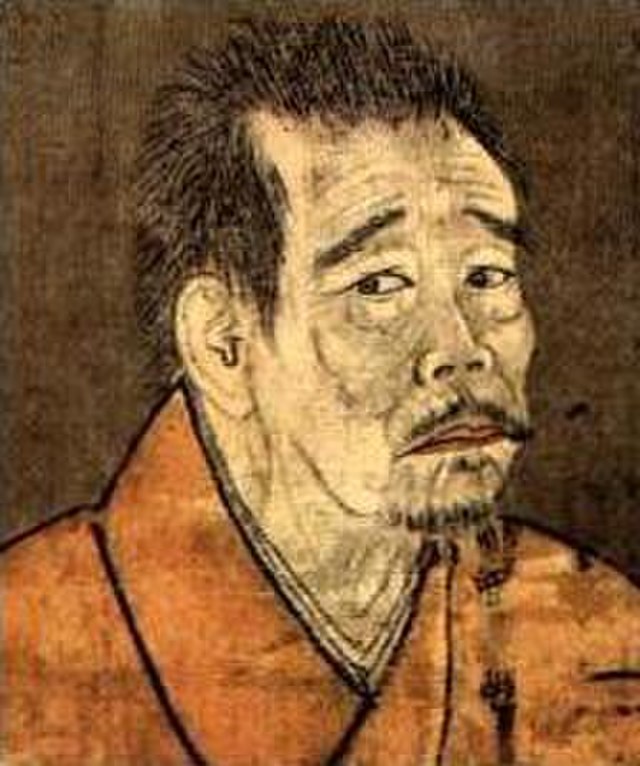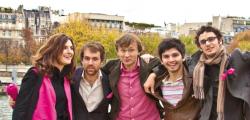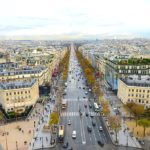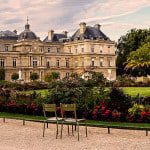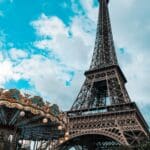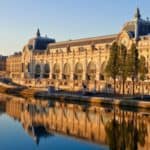Portrait of Ikkyū by Bokusai. Photo unattributed – Wikimedia Commons
Top 10 Unbelievable Facts about Ikkyū
The Buddhist monk Ikkyū Sōjun is credited for imparting a Zen influence into the arts of Japan.
Of course, this includes Japanese tea. Ikkyū’s disciple, Murata Juko, would become the founder of the Japanese tea ceremony.
Ikkyū taught Jukō that Zen is also present when preparing tea. The life of a significant figure in Zen history.
1. The early life of Ikkyū
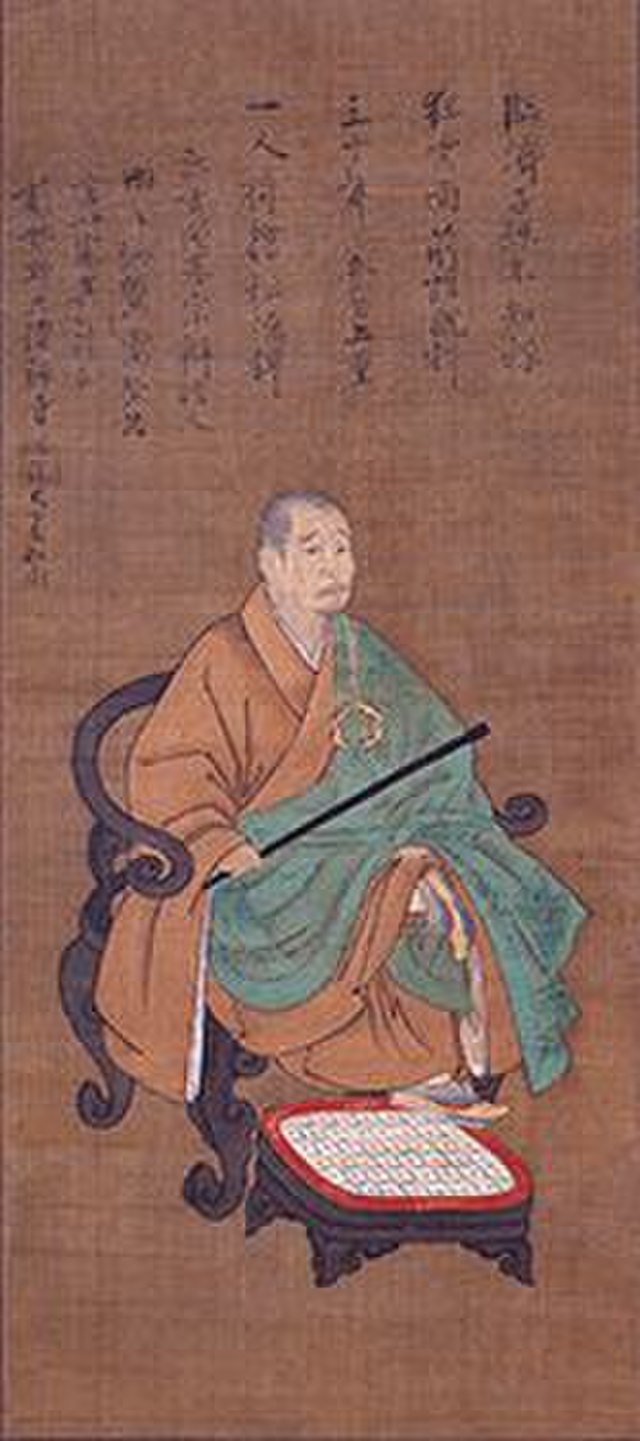
Portrait of Zen Monk Ikkyū Sōjun (1394-1481). 頂相 chinzō; formal portrait of Ikkyū 酬恩庵 Shūon-an in Takigi (Tanabe, Kyoto Prefect.) Photo by Terebess – Wikimedia Commons
Ikkyū was born in a small suburb of Kyoto. The year was 1394. It is generally held that he was the son of Emperor Go- Komatsu and a low-ranking court noblewoman. His mother was forced to flee to Saga, where Ikkyū was raised by servants.
At the age of five, Ikkyū was separated from his mother and placed in a Rinzai Zen temple in Kyoto called Ankoku-Ji, as an acolyte. The temple masters taught Chinese culture and language as part of the curriculum, a method termed Gozan Zen.
He was given the name Shuken and learned about Chinese poetry, art, and literature.
2. He was the result of his father having an affair with a noble court woman

Ikkyû-ji Buddhist Temple – Stone statue of Ikkyû. Photo by Yanajin33 – Wikimedia Commons
His father was the emperor Go Komatsu, but unfortunately, Ikkyū had been the result of an affair with a noble court woman. His mother had to leave the imperial court to give birth to Ikkyū.
She also wanted to protect her son from political strife, so when Ikkyū was five years old she sent him to Ankoku temple in Kyoto to become an acolyte.
Ankoku temple belonged to the Rinzai school of Zen Buddhism. Note that Myoan Eisai, who brought this school of Zen into Japan, is known as the father of Japanese tea culture.
3. Ikkyū had published his first book of Chinese poetry when he was thirteen
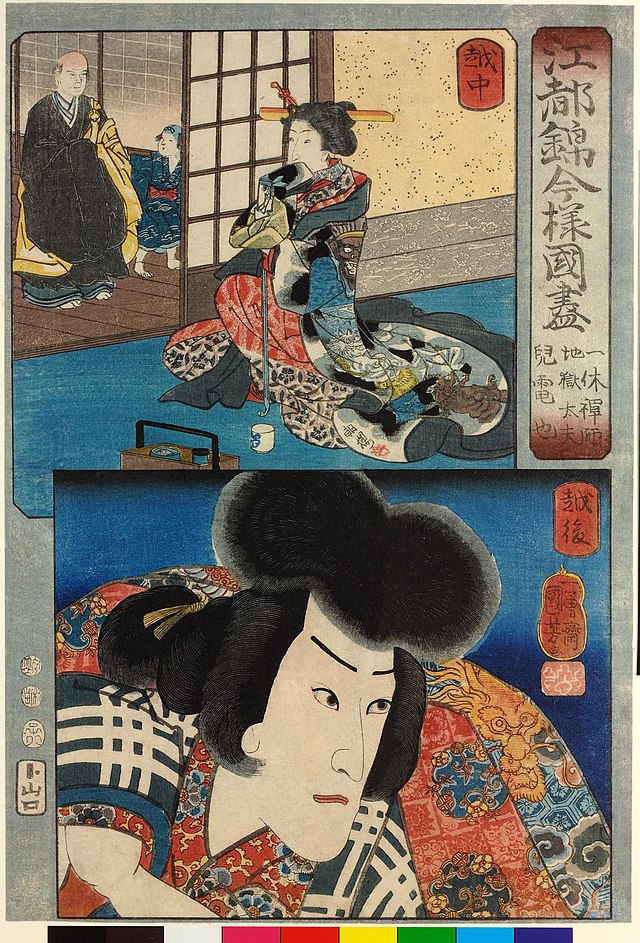
Ikkyu Zenji, Jigoku Dayu, Jiraya 一休禅師,地獄太夫,児雷也 (BM 2008,3037.09616). Woodblock print, oban tate-e. Top: Ecchu Province: the Zen monk Ikkyu Zenji with a young attendant and the courtesan Jigoku Dayu kneeling outside. Bottom: Echigo Province: the actor Ichikawa Danjuro VIII as Jiraya. Print Artist: Utagawa Kuniyoshi (歌川国芳) – Wikimedia Commons
By the age of thirteen, Ikkyū had published his first book of Chinese poetry. In the following years, he would have a good reputation as a poet.
4. He was 16 years when he became a disciple of high priest Kenou Soi
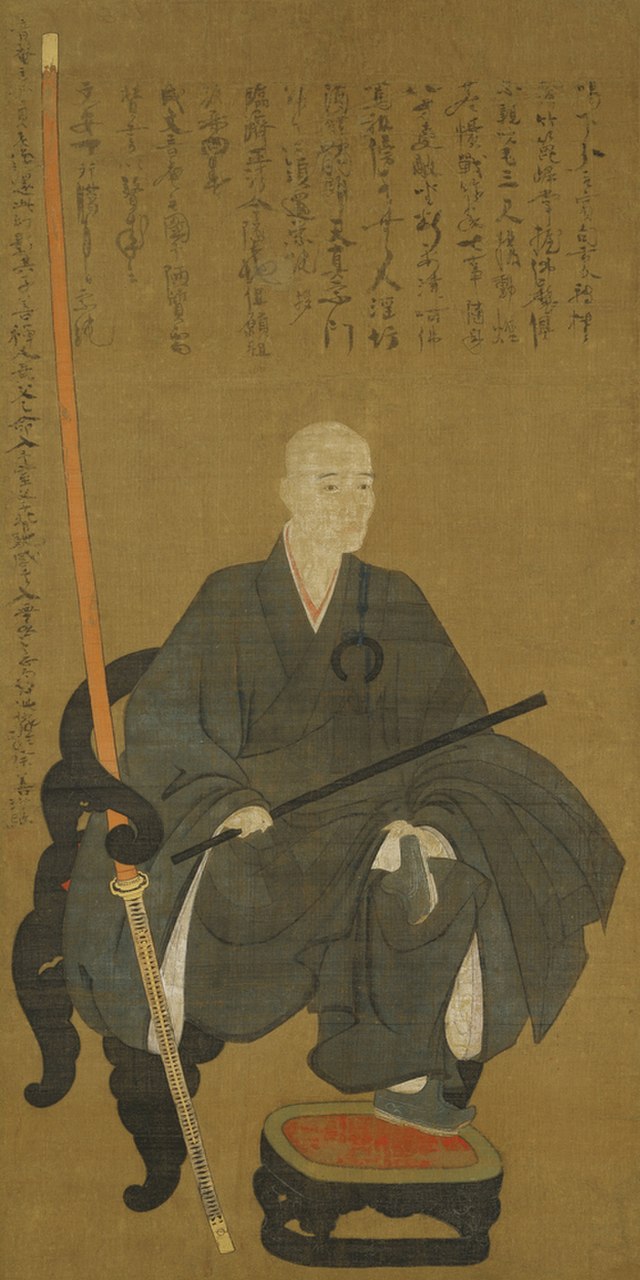
Portrait of Ikkyu. Photo unattributed – Wikimedia Commons
When Ikkyū was sixteen, he became a disciple of high priest Kenou Soi to further his Zen studies.
Unfortunately, Kenou passed away four years later. Ikkyū felt such sorrow that he attempted suicide by drowning himself, but was rescued in time.
5. He went to Daitoku temple to study under Zen monk Kasō Sōdon

Paintings, pair of hanging scrolls. Portrait of the Zen priest Ikkyu, and the courtesan Jigoku Reigan with scenes of Hell embroidered on her costume (including King Emma and the descent of Amida). Ink and colour on silk. Signed and sealed. Photo unattributed – Wikimedia Commons
A year later, he went to Daitoku temple to study under Zen monk Kasō Sōdon. In the year 1420 (Ikkyū was 26 by then), while meditating on a boat in Lake Biwa he reached enlightenment. Kasō confirmed it and gave him a certificate.
For the next years, Ikkyū showed his eccentric side, which is one reason why he is now famous.
6. Something unique about Ikkyū was that did most of what was prohibited to Buddhist monks

Photo by Nicolas Häns on Unsplash
Ikkyū did most of what was prohibited to Buddhist monks. He drank wine, ate meat, didn’t shave, and frequented brothels, among other things, but still linked his actions to Zen.
He was a critic of the hypocrisy that he saw in other priests, and preferred to live as a vagabond. By this time he was also a famous poet, painter, and calligraphy master. He was very influential in the Zen arts of the Muromachi period.
7. He burned his certificate of enlightenment to ashes

Photo by Edward Kucherenko on Unsplash
When he was 47, he burned his certificate of enlightenment to ashes. Ten years later there was a factional dispute in Daitoku temple. The result was several monks were imprisoned, and one of them committed suicide.
8. Ikkyū thought otherwise about taking his life after reading a letter written by the emperor himself
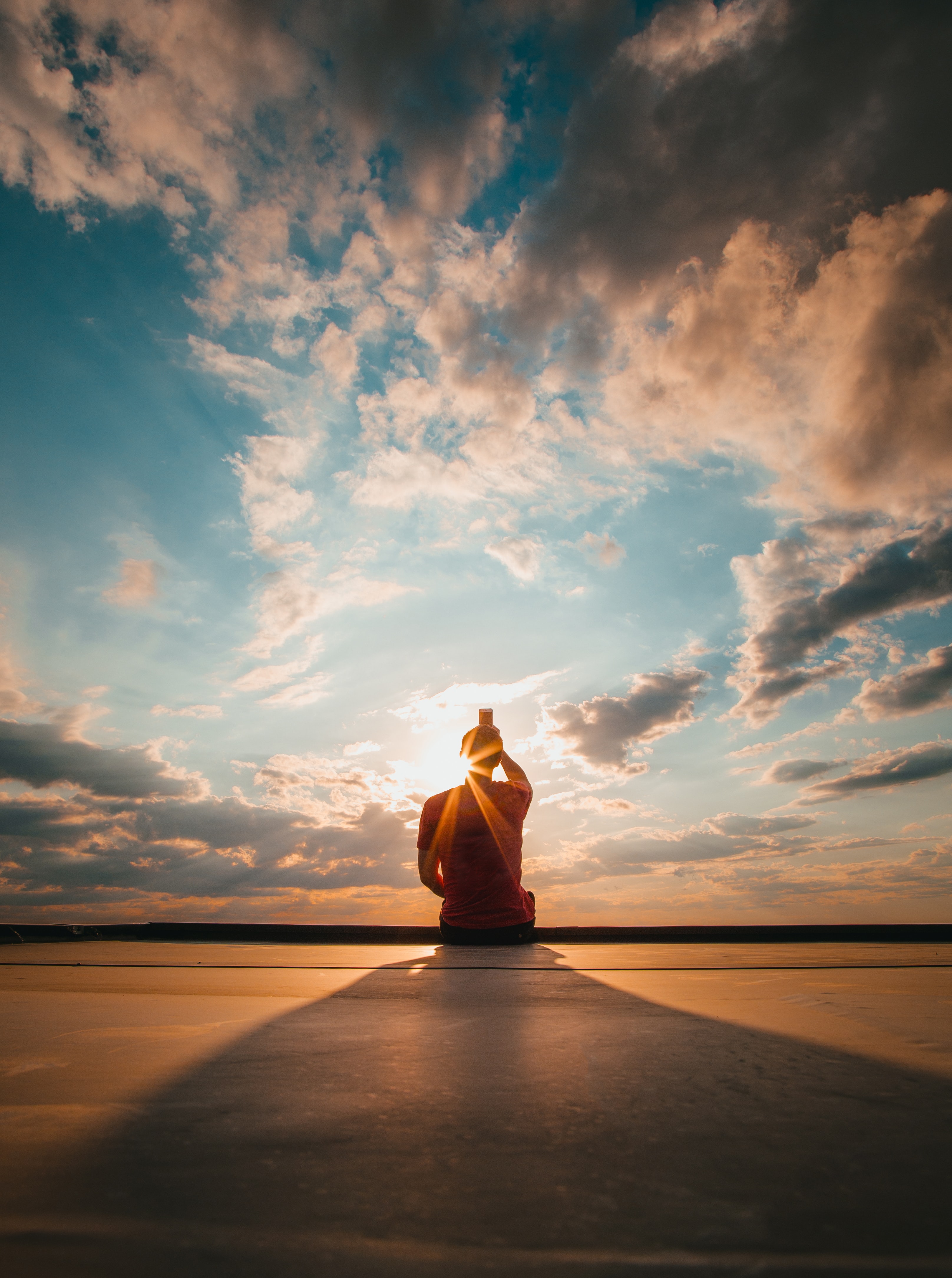
Monk facing the sunset. Photo by Josh Hild on Unsplash
Ikkyū was so depressed with the degradation of the temple that he sought to take his own life once again. This time he decided to die of starvation but was convinced otherwise after reading a letter written by the emperor himself.
9. He was in a relationship with a blind woman
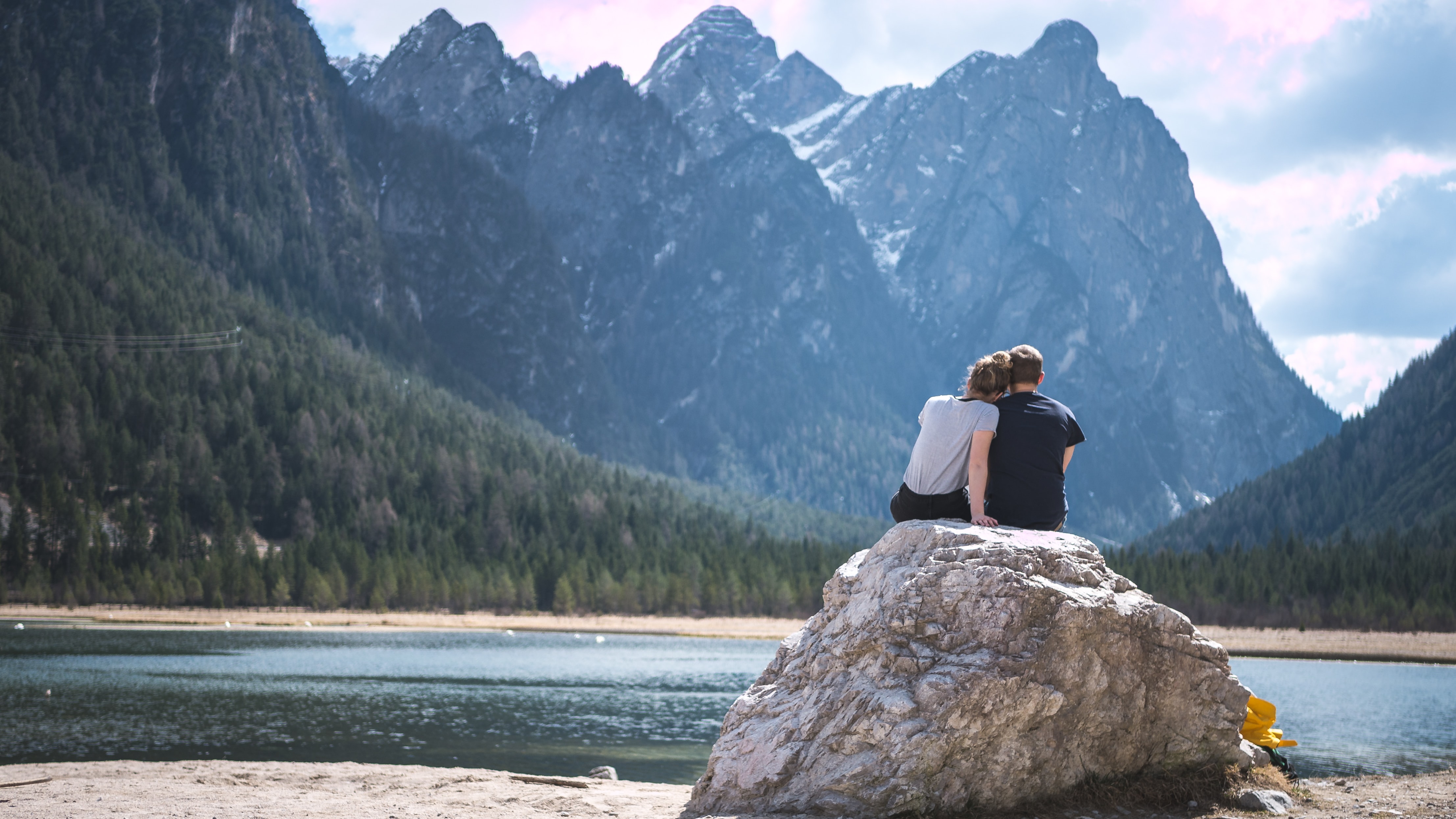
A couple sitting on a huge stone. Photo by Timo Stern on Unsplash
Ikkyū went as far as having an open relationship with a woman: a blind singer named Shinjisha. They had a son later on.
In 1474, when Ikkyū was 80 years old, the Daitoku temple was burned down because of the Onin war. The emperor of the time appointed Ikkyū as the 47th abbot of the temple.
Coming back to the subject of tea, the Daitoku temple has always been known as the center of the tea ceremony. Many great tea masters come from there, including Sen no Rikyu.
The reconstruction of the temple would take five years. The fame of Ikkyū was instrumental in receiving the necessary funds.
10. Ikkyū passed away at 87 years of age
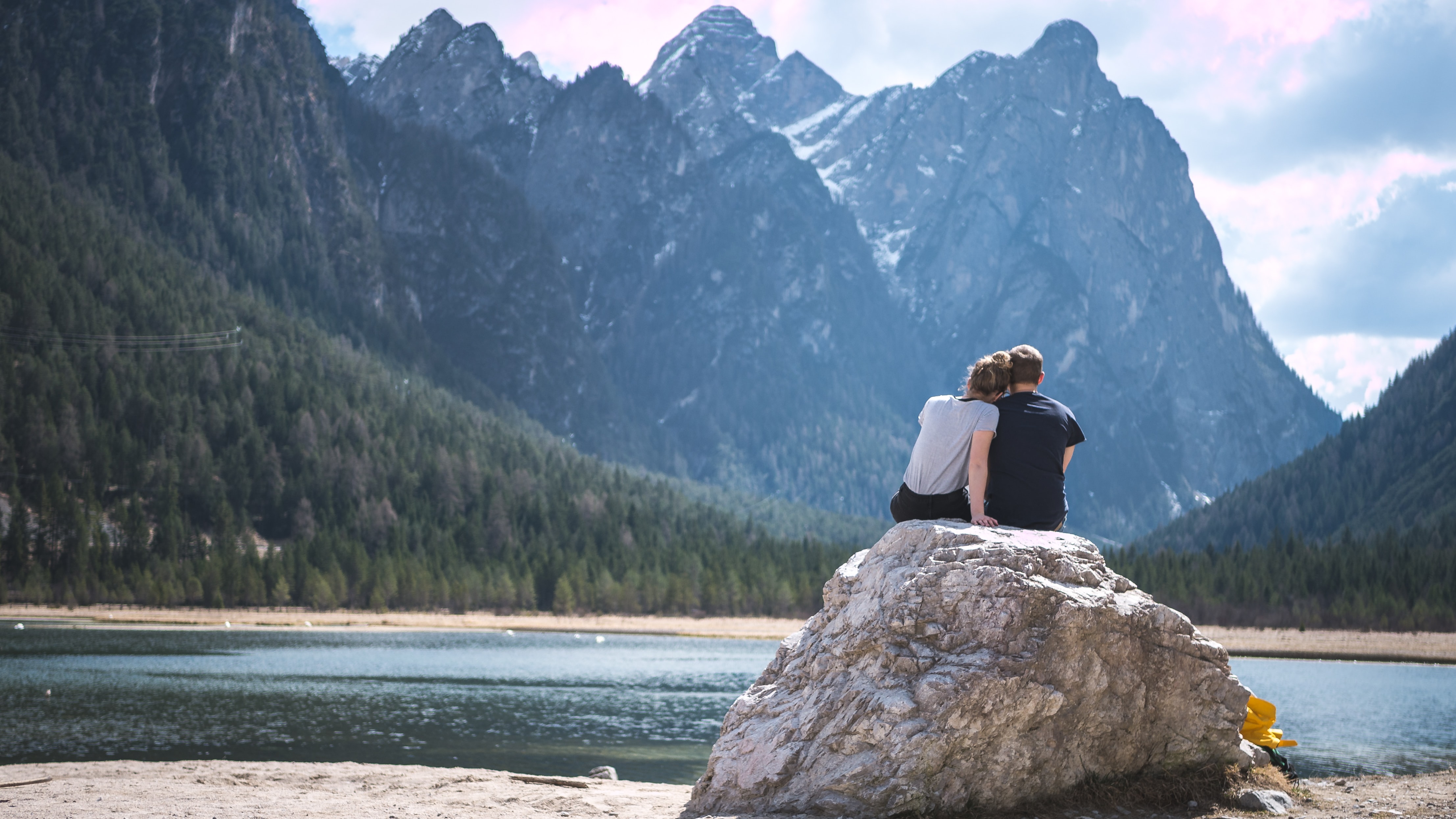
Ikkyû-ji Buddhist Temple – Tomb of Ikkyu-zenji. Photo by Yanajin33 – Wikimedia Commons
He died from malaria when he was 87. His last words were “I don’t want to die”, which was unexpected from an enlightened monk, but it fits Ikkyū’s character.
Planning a trip to Paris ? Get ready !
These are Amazon’s best-selling travel products that you may need for coming to Paris.
Bookstore
- The best travel book : Rick Steves – Paris 2023 – Learn more here
- Fodor’s Paris 2024 – Learn more here
Travel Gear
- Venture Pal Lightweight Backpack – Learn more here
- Samsonite Winfield 2 28″ Luggage – Learn more here
- Swig Savvy’s Stainless Steel Insulated Water Bottle – Learn more here
Check Amazon’s best-seller list for the most popular travel accessories. We sometimes read this list just to find out what new travel products people are buying.


